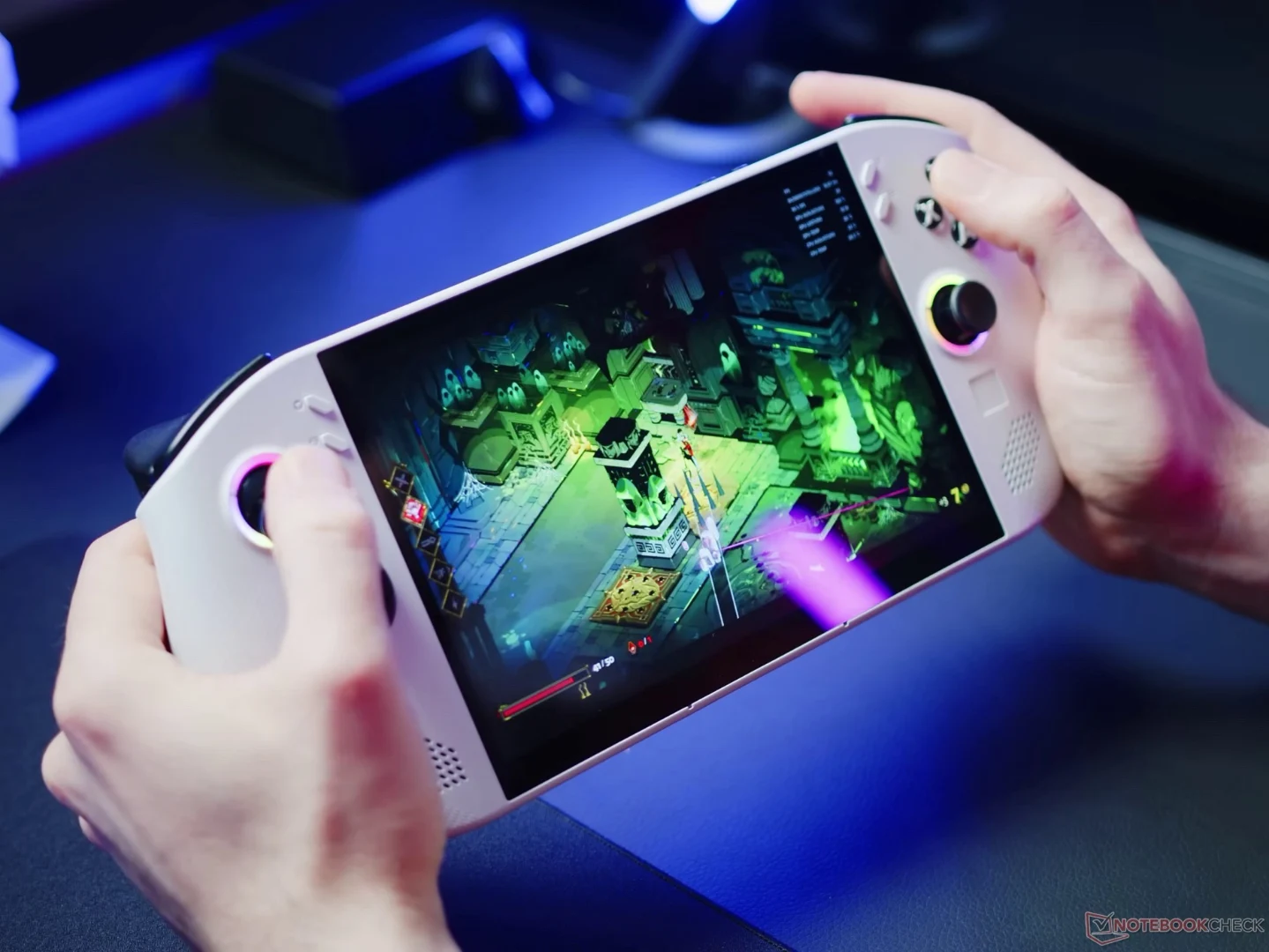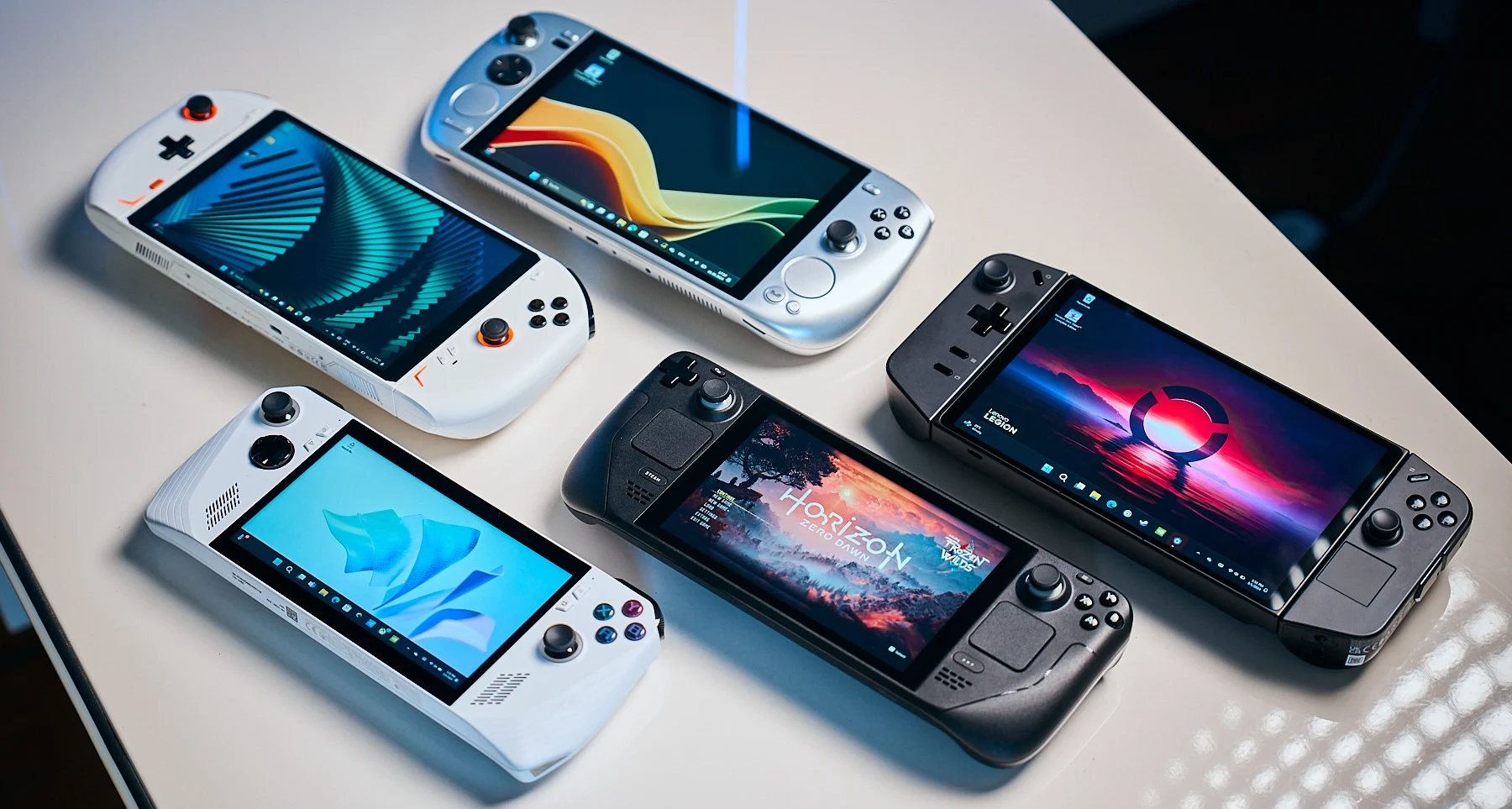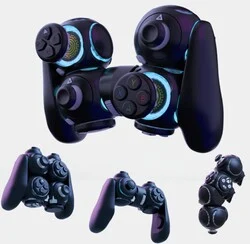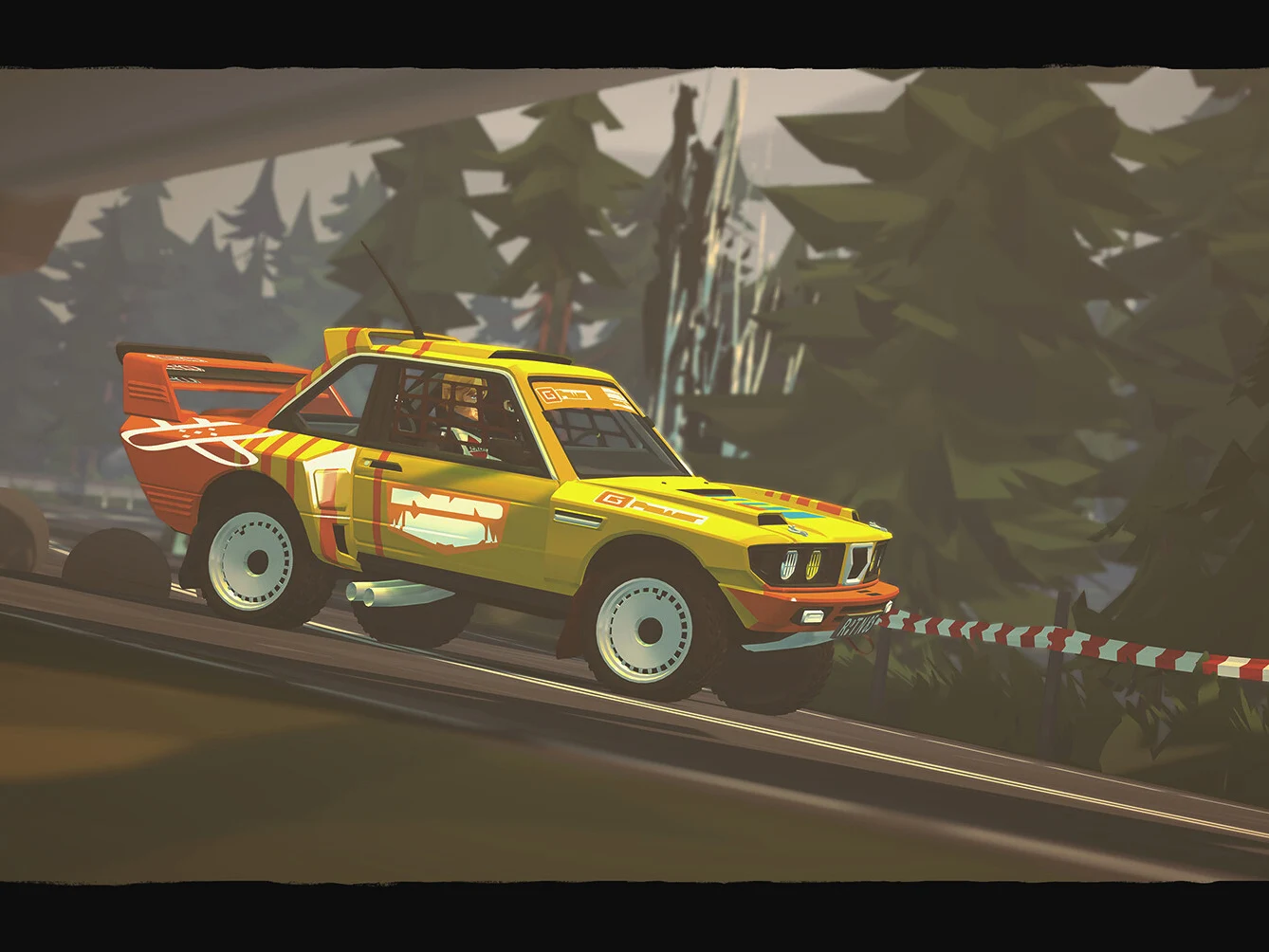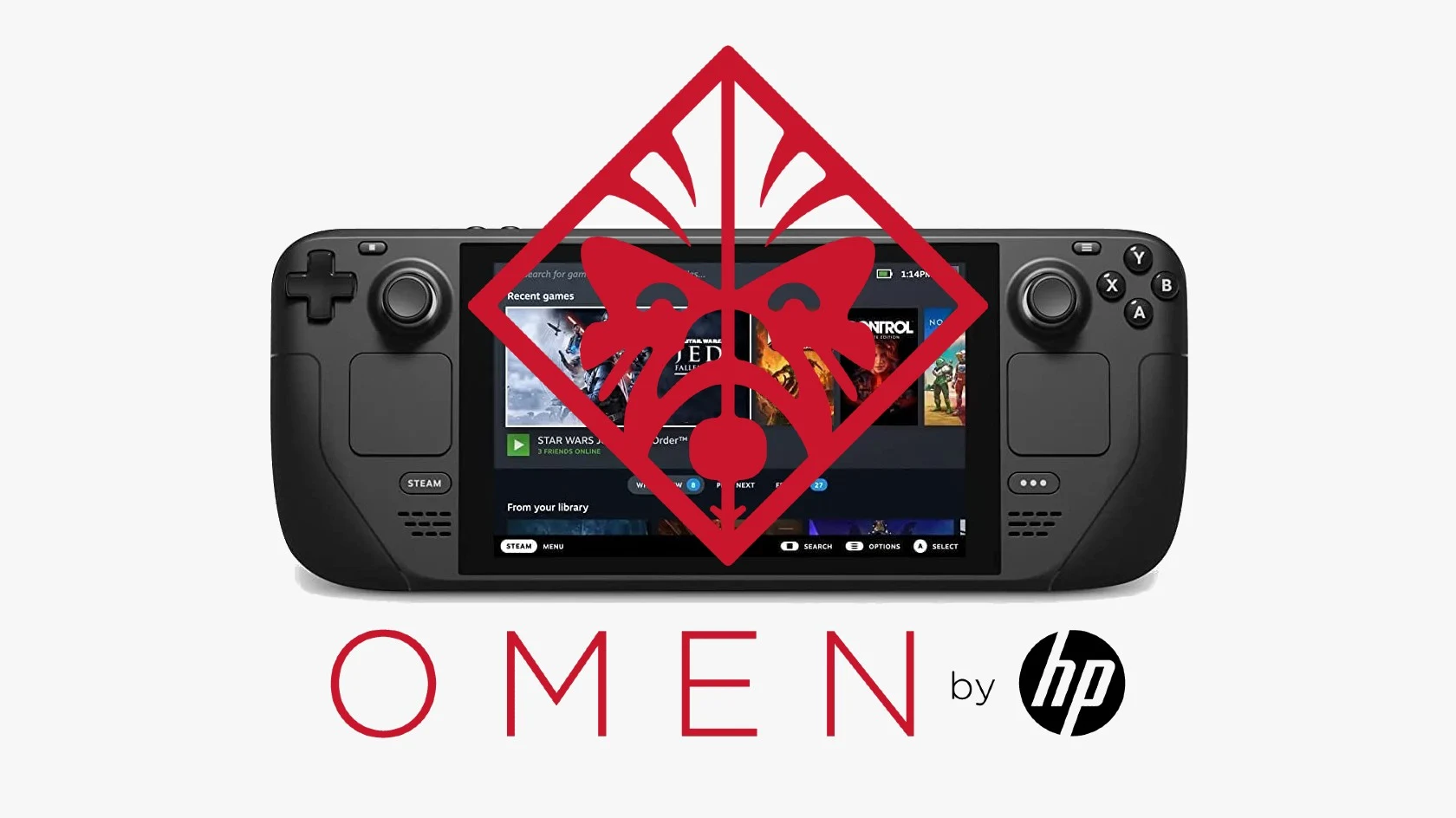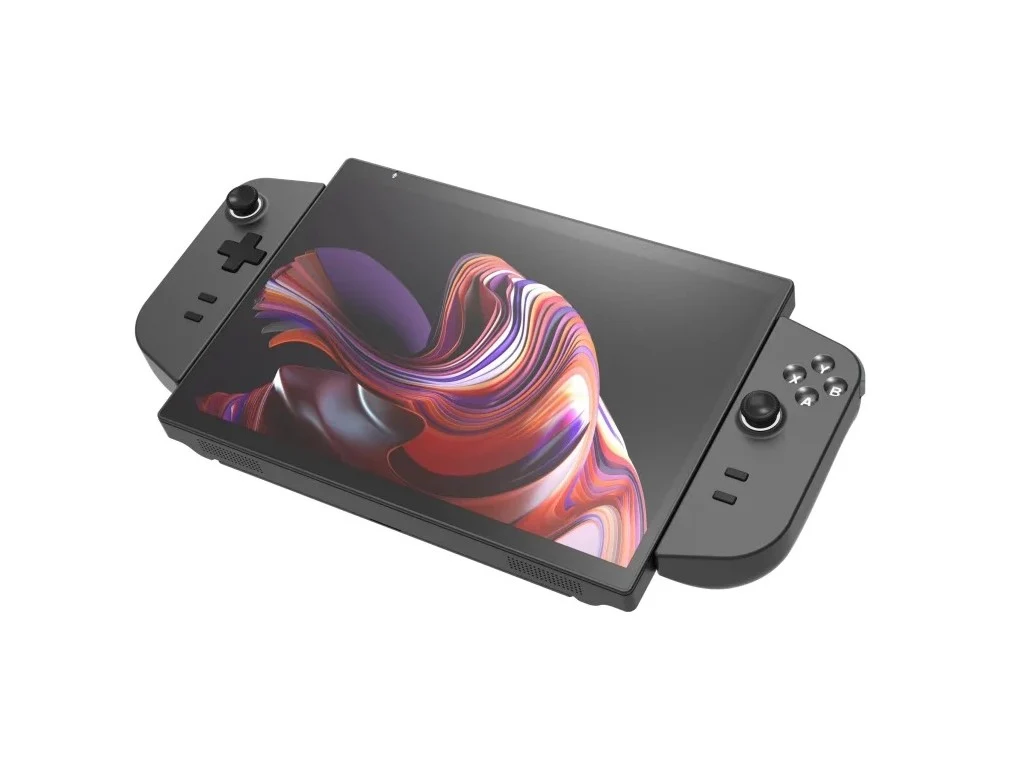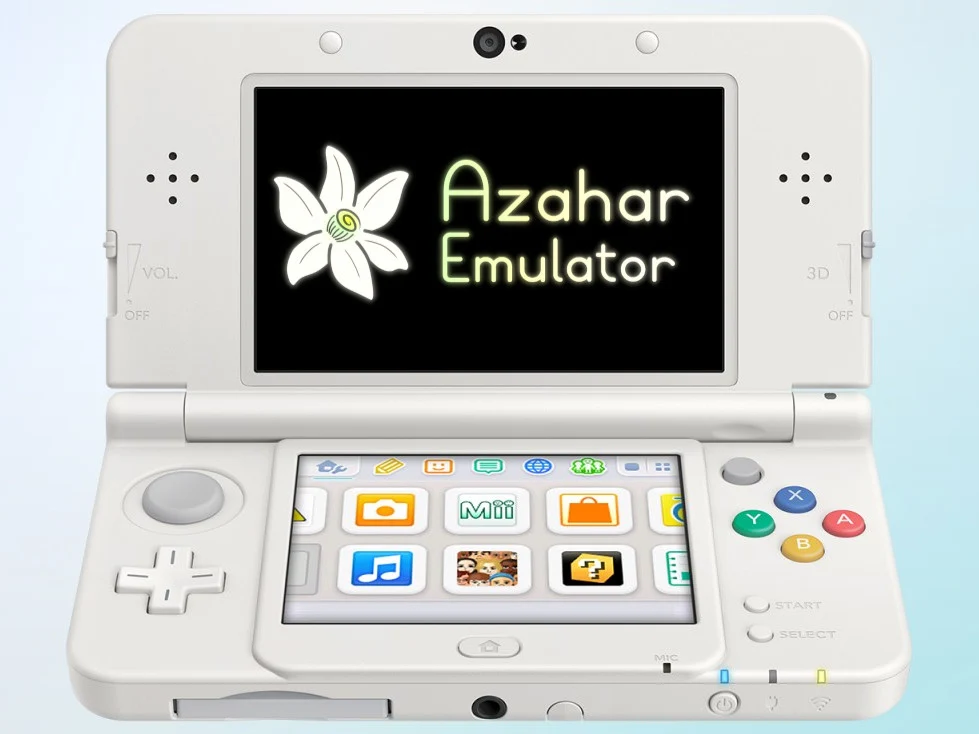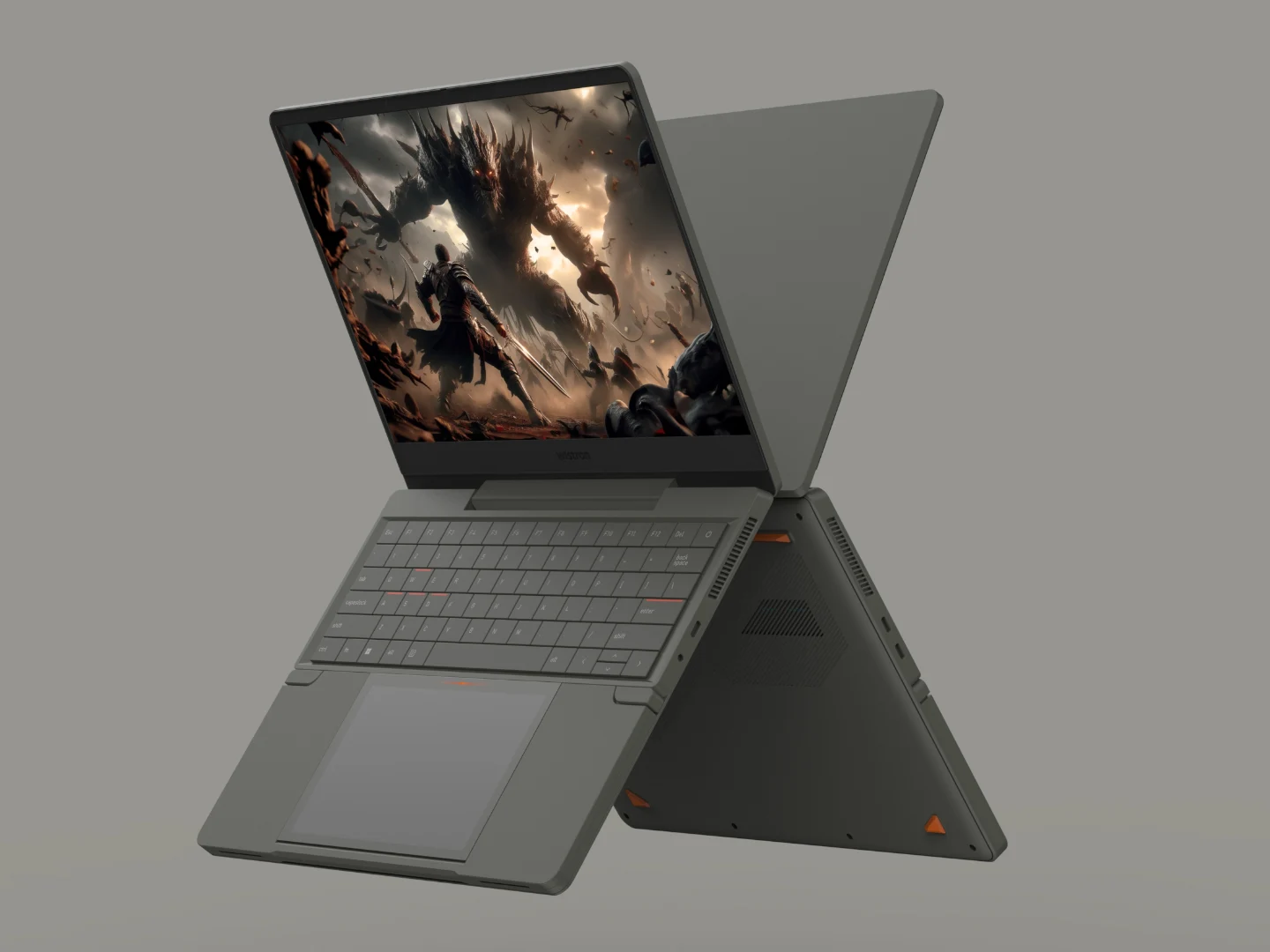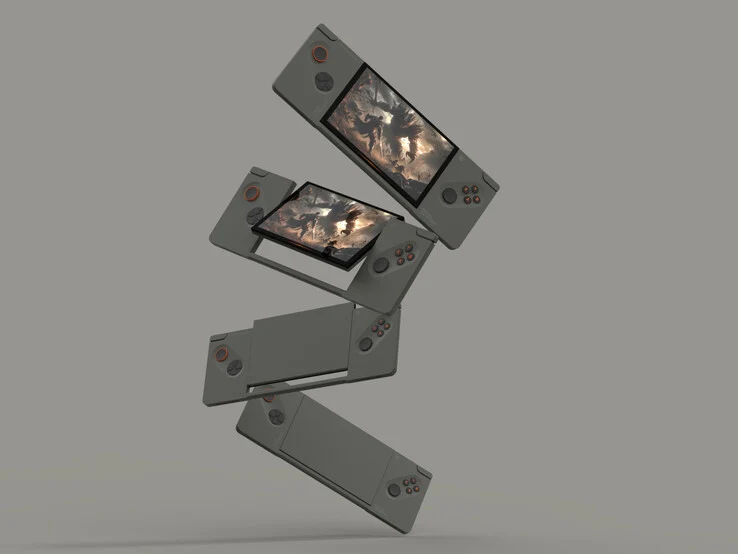Key Takeaways
1. Game Concept: Berserk or Die combines elements of Vampire Survivors, Metroidvania, and slash-em-up genres for a unique gaming experience.
2. Gameplay Mechanics: Players attack by mashing keys, focusing on survival through continuous combat rather than precise controls.
3. Skill Upgrades: Players can enhance their abilities and purchase better equipment at a shop during gameplay.
4. Character and Weapon Variety: The game features various historical figures and a wide range of weapons, including swords and greataxes.
5. Visual Design: The game boasts a blend of pixel art, smooth animations, and vibrant effects, creating an engaging atmosphere.
The publisher behind Vampire Survivors, a popular bullet-hell roguelike that gained traction mainly due to the Valve Steam Deck and other portable gaming devices, has just launched its new game developed by indie studio, Nao Games. Titled Berserk or Die, this game combines the concept of Vampire Survivors with the 2D side-scrolling action of a Metroidvania and the high-energy combat of a slash-em-up.
Simple Yet Engaging Gameplay
The basic idea of Berserk or Die is rather straightforward: you play as the last soldier standing, battling through waves of monsters for as long as possible. But it’s not just that simple. For one, the control scheme is quite unusual; players are encouraged to mash the keyboard to unleash attacks rather than using precise controls for movements, strikes, and combos. Since you’re fighting for survival, your only method of progression is through attacking—hence the name “Berserk or Die”—and you can only strike left or right. Yet, there’s a certain finesse involved because pressing multiple keys at once can extend your attacks and hit more foes.
Upgrade Your Skills
But it isn’t solely about smashing buttons. Players have the option to purchase better equipment and enhance their abilities at a shop—if they manage to last that long, of course. Additionally, there are special moves available that can be executed through combining combos and perfecting your timing. Berserk or Die is also compatible with gamepads, making devices like the Lenovo Legion Go (currently priced at $599.99 on Amazon) a practical choice for gameplay.
Diverse Choices and Stunning Visuals
Players can select from various historical figures, and the weapon options include swords, katanas, greataxes, and staves. The game’s visuals feature a distinctive blend of pixel art, smooth animations, and vibrant particle and lighting effects that create a chaotic yet engaging atmosphere.
Source:
Link


